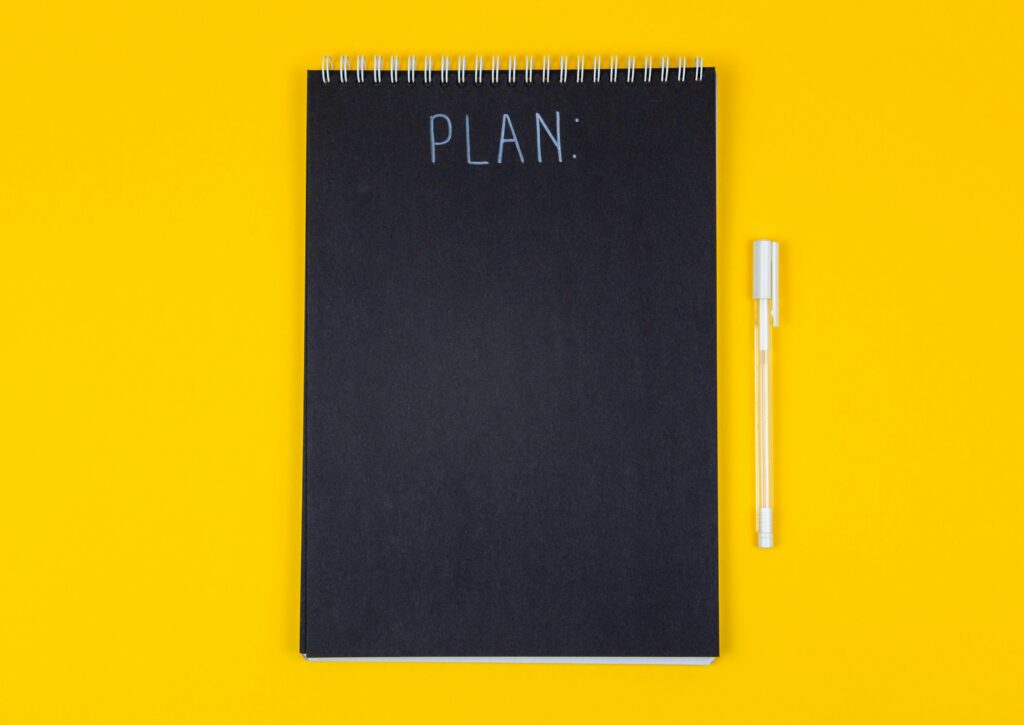Here’s a hot take: It is NOT your job to build product confidence when answering a question asked by a prospective customer.
Your job is, ultimately, to sell. But let’s take it down from the 30,000 ft answer. Your job, when answering objections, is to progress the deal.
The most important part of answering questions and objections, as we will explore in the rest of this article, is building trust with the person asking the question.
Don’t trust your instincts
When a prospect raises an objection during your presentation, what’s your first instinct? If you’re like most technical sellers, you probably feel an immediate urge to defend your product.
But what if I told you that’s exactly the wrong approach?
Trust > Features
I once lost a deal where the customer told us they understood our value, believed we were better than the competition, and agreed they needed to buy now. Yet they still went with our competitor.
The reason? They didn’t trust our sales team. They intentionally chose an inferior, more expensive product because they trusted the people selling it.
Trust is the missing component in most sales methodologies today. We don’t focus on building trust, and worse, we often erode it by missing opportunities where we should be strengthening it.

The trust-confidence spectrum
When answering questions during a demonstration, you have the ability to build two things:
- A customer’s trust in you
- A customer’s confidence in your product
Here’s the critical insight: You cannot make a single statement that builds both trust AND confidence simultaneously. These statements simply don’t exist.
Think about it. if someone you deeply trust raves about a product, it might build your confidence in that product, but it won’t increase your trust in them. Conversely, if they tell you about something they’re selling but admit it probably isn’t right for you, your trust in them would likely increase.
The checklist before answering questions
Instead of immediately answering questions, run through this mental checklist:

- Why are they asking this question? (Seeking clarification? Testing for weaknesses? Genuinely curious?)
- Why is this question important right now? (Does it align with the meeting context? Does it reveal an undiscovered requirement?)
- Who is asking the question? (Key stakeholder or peripheral participant?)
Only after considering these factors should you respond. But we’re STILL not to the answering the question part yet. You respond with not with a clarifying question of your own:
- “How are you handling that today?”
- “Can you give me an example of what that would look like?”
Turning objections into discovery
This approach transforms objections into opportunities for discovery. When someone asks a question, there’s often more behind it. By engaging with clarifying questions, you invite them to open up and share more deeply.
After understanding their full context, answer their question as simply as possible … even if the answer is “no.” ESPECIALLY if the answer is “no.”
What happens next is remarkable. Because you took the time to make their question about THEM rather than your product, they feel understood. Their trust in you increases dramatically, even when you can’t meet their specific need.
I’ve been running discovery this way for years, and I’ve seen customers respond to a “no” by asking, “How would you recommend we handle that use case or need?” That question only comes from trust.
The competitive advantage of trust
This is how objections become competitive advantages. YOU are what’s better about your product than the competition. They don’t have someone so clearly invested in the customer as a PERSON who has built this level of trust and been honest.
Remember:
- It is NOT your job to build product confidence when answering a question
- Your statement can either build product confidence OR build trust, not both
- Trust can cover product gaps, but product gaps can’t cover missing trust
